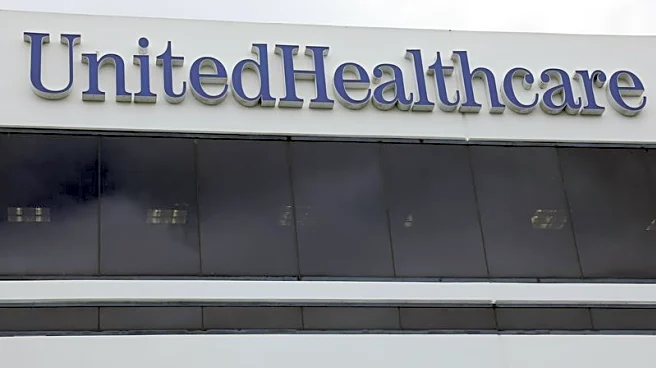What's Happening?
The healthcare industry in the United States is grappling with significant challenges related to interoperability, which is the seamless exchange of clinical information between providers. Despite decades of investment in health IT, many hospitals, especially small and rural ones, still rely on outdated methods like mail and fax for exchanging patient information. This lack of efficient data exchange leads to delays in care and increased risks for patients. The issue is compounded by the growing complexity of healthcare needs, where patients often see multiple providers across different specialties. Without universal connectivity, critical patient information can be missed, leading to potentially dangerous medical decisions. The industry is under pressure to adopt advanced technologies like AI and predictive analytics, but these innovations require a reliable foundation of data exchange to be effective.
Why It's Important?
Interoperability is crucial for improving patient safety, reducing healthcare costs, and enhancing the efficiency of healthcare delivery. The inability to share patient information seamlessly can lead to medical errors, unnecessary treatments, and increased healthcare costs. For example, standardized healthcare information exchange could save the industry up to $86.8 billion annually. Moreover, interoperability is essential for the successful implementation of advanced digital health technologies, which promise to transform healthcare delivery. Without a solid foundation of data exchange, these technologies cannot deliver their full potential, leaving the healthcare system fragmented and inefficient. The push for universal connectivity is not just a technical issue but a fundamental requirement for achieving better health outcomes and financial sustainability.
What's Next?
The healthcare industry is moving towards establishing universal connectivity across all providers and care settings. This involves mandatory participation in initiatives like TEFCA, which aims to create a nationwide framework for health information exchange. The Blue Button 2.0 initiative is also expanding to include comprehensive patient data access. A phased rollout is planned, with early adoption encouraged through Medicare Advantage and ACOs, followed by mandatory participation for all Medicare and Medicaid providers by 2027-2028. These steps are expected to pave the way for more advanced digital health applications, ensuring they are built on a reliable infrastructure.
Beyond the Headlines
The push for interoperability in healthcare also raises ethical and legal considerations. Ensuring patient privacy and data security is paramount as more information is shared across systems. Additionally, smaller and under-resourced providers may face challenges in meeting interoperability standards, requiring financial incentives and technical support. The long-term impact of achieving universal connectivity could lead to a more equitable healthcare system, where all patients have access to comprehensive and coordinated care.












